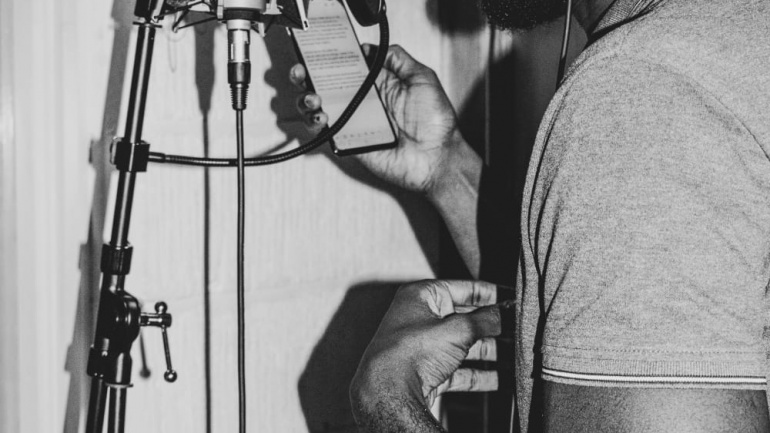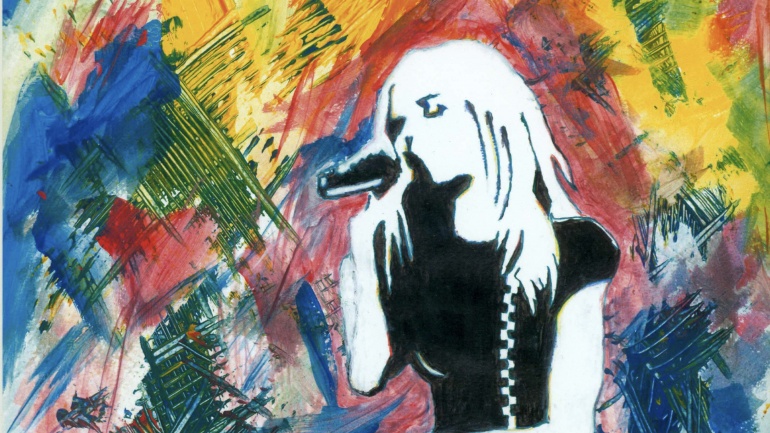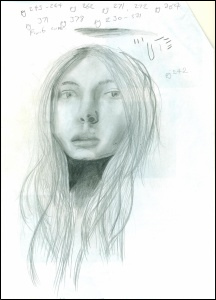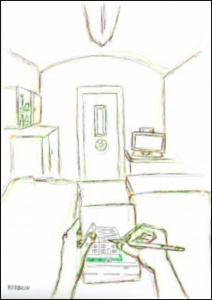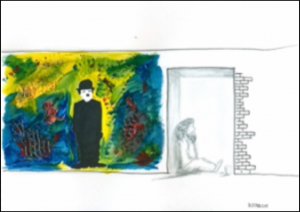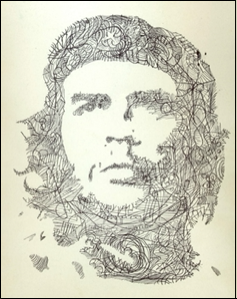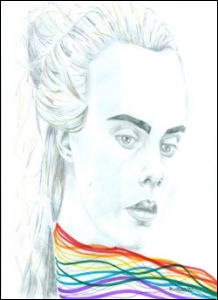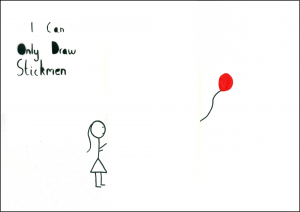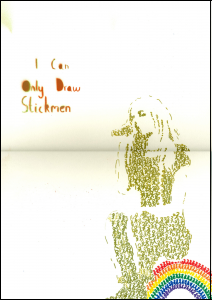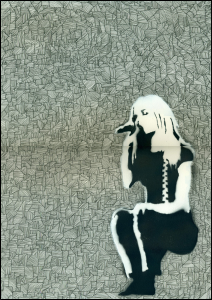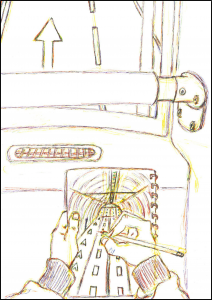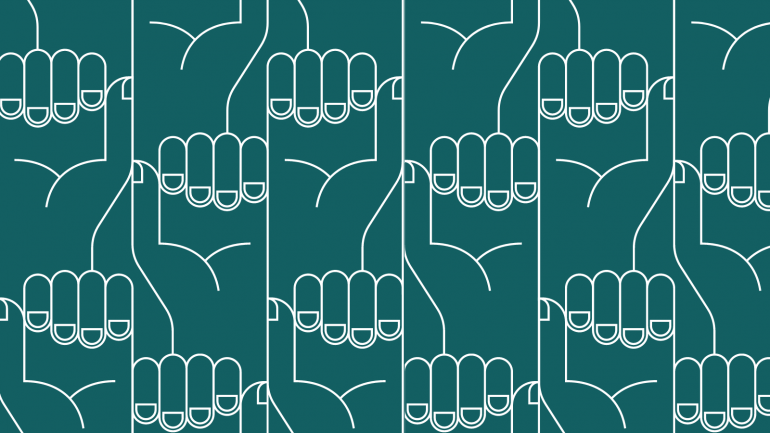No. 11 in our blog series exploring creative approaches to transforming the criminal justice system.
Author: Bruce Houlder, CB QC and Founder of Fighting Knife Crime London
It is Everyone’s Responsibility to help a Lost Generation of Young People
I have practised criminal law in Greater London and the South-East in a working life spanning 51 years, as a barrister, QC, and judge. I have witnessed at first hand the stories of those whose young lives have been damaged, mostly through no fault of their own. The consequence too often is that they went on themselves to damage the lives of others.
We all know the pattern. There has always been something missing and often profoundly sad about the way these young lives, once full of hope, end by being cruelly degraded by circumstances beyond their control. It might be through a failure of family support, environmental conditions, poor educational opportunity, poverty of mind and spirit, often exacerbated by domestic violence, drug or alcohol abuse, and even sexual abuse.
Some stories are quite beyond our imagination, and they demand some positive action from every one of us.
My professional career, at one time or other, has led me to be the defender of such disadvantaged young people, their prosecutor, and to be their sentencer once convicted. The criminal justice system sits at the end of the line. It steps in only when others have failed. It is rarely an answer, or even capable of producing one, although sometimes we are too ready to speak of the failure of the criminal justice system.
The failures elsewhere are more likely candidates for attention.
Custodial institutions, especially for the young, and despite the best efforts of those that work within them, can claw them deeper into trouble. They often damage young lives further by being unable to offer rehabilitative and life improving solutions to correct the damage already done. Creative alternatives to prison are famously starved of resources, and press comment on new sentencing approaches are too often populist in approach, uninformed, and lacking in nuance.
Young offenders are seen as irredeemable problems, rather than lives that have been failed by others, and in need of restoration.
It is a massive indictment of government imagination, over all recent administrations, and poor investment decisions. Governments have failed to remember that their duty and responsibility is to improve the lives of the next generation, and to protect young children and all young people from avoidable harms, and they fail to act sufficiently on informed reports even from their own departments.
Many, and I include myself, have become tired of the shallow camouflage of political excuse making. This lack of faith in our political institutions is far from healthy. So, we must also support those good men and women that are genuinely trying to bring about change, and to expose those who hide behind poor excuses.
The only thing that matters is the way we live, our active humanity, and how much we decide to improve the lives of all those around us.
It was with this in mind, and at the age of 73 (it is never too late) that I started a new online project Fighting Knife Crime London designed to bring together all organisations in a collaborative online space, who were already working to improve the lives of our young in Greater London.
It is a multi-facetted website. It is a news area and directory to promote innovative change, a magazine, and a resource for communication and collaboration. We use film and video, and the power of social media to raise awareness, and to help the young, their families and friends find solutions. Our directory of organisations too is highly accessible and links directly to the solutions that you might need to know about.
We also include a database of reports, studies and statistics for those who wish to understand the problem at a deeper level. Reading many of these may well leave you asking why so little has actually been implemented effectively. The website is a resource for those who need help and for those who want to help, but don’t know how.
Please spread the word. Lives can be changed simply by a single act of kindness and compassion.
Our news area is a free resource where you can share thoughtful solutions, and advertise upcoming events or programmes (so long as these are relevant to the stated aims of Fighting Knife Crime London).
If you do one thing today after looking at this website, ask yourself what you can do to help – or write to someone else to encourage them to do something too. You will be amazed how change happens sometimes through a single word.
So, create these ‘Good Vibrations’. Act positively and with clarity in finding a solution, however small. The vibrations will spread I can assure you.
I have served on too many committees and attended too many seminars in my time in the law, discussing legal and process reforms. I have heard accounts of the capacity of humans to abuse or damage others, which might make your hair stand on end. These might be in the sanitised atmosphere of a courtroom, or in the privacy of a prison cell, or through the testimony of witnesses, and victims, and sometimes the falsely accused. Sometimes immersion in such process can lead to a sense of detachment from the realities that they are designed to meet. Victims of crime have needs which we have to address, but so many may never have become victims at all had we concentrated more fully on our children’s early years, and invested in their future.
Could we all just stop for a moment to truly see the world we have created for our young people?
We have excluded whole swathes of our young people from a real pathway to hope, denied them places to go, failed to train those who could have helped them, closed the places where they want to be, and failed to build real state of the art centres to inspire. These could be places to make music, to sing, to perform, to play sport, to laugh and to love. Places where young people want to be, to find help, to restore their mental health, to find friendship and the self-confidence that our next generation are going to need.
I have presented a bleak picture, because the problem is so serious. But building this website has given me hope.
Those I have spoken to have, in some cases, spent much of their lives trying to promote change through positive action. Our website is full of examples.
The selfless collaboration of like-minded citizens has changed many lives through the work they do with young people in communities all over London. They understand that it is the task of every one of us to bring about this change, and if we do, then politicians will respond to that noise, provided it is sustained and loud enough to hear.
Who are these people? They are the employers who come together to offer training and employment to disadvantaged or excluded young; the workers and leaders in local government who truly care; the young men and women who work with the fearful young, or with young gang members; the mentors who work one-to-one with those that need help; those that give their time each week to raise the lives of others to a better future. Theirs is the community of talents that should make us all proud.
If every one of us does our bit, together we can make change.
So, find an organisation where you can offer your talents, even if it is just a listening ear. You may be surprised what that can lead to. Many of you do this already, but if not, please give some time to it. You will, I promise, be surprised how much your own life might be changed as well.
_______
Good Vibrations has worked in prisons and young offender institutions since 2003. We see the destructive effects on people of living within our overstretched, under-resourced criminal justice system. We want to understand how people can be better supported before, during and after their contact with the criminal justice system. We have commissioned a series of blogs from a range of experts, including those with lived experience and their families. Every Thursday for the next four months, we will bring a different voice with their own unique perspective and ideas. At the end of the series we will publish a report drawing together the themes and recommendations.
